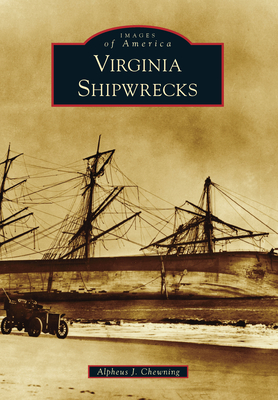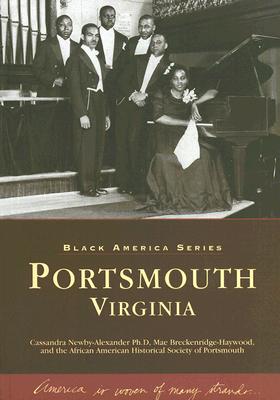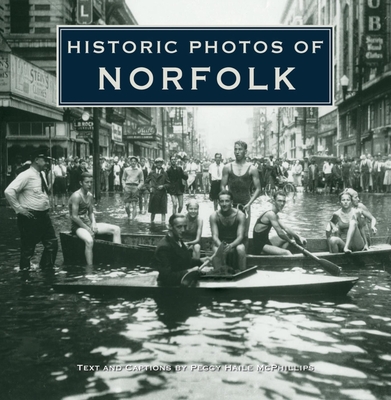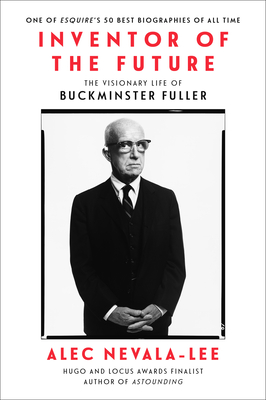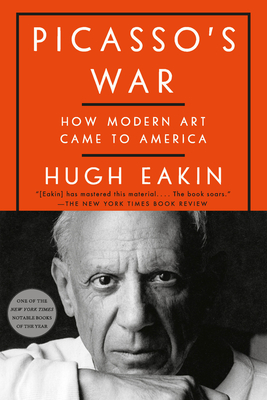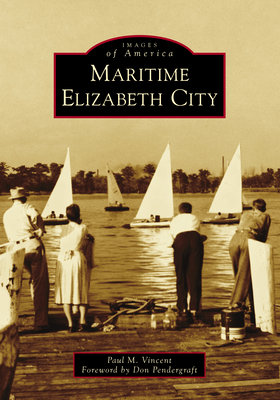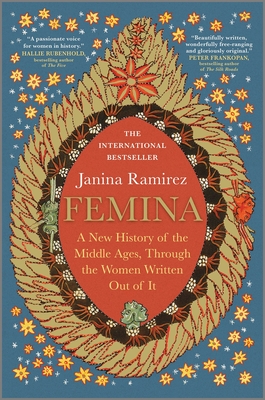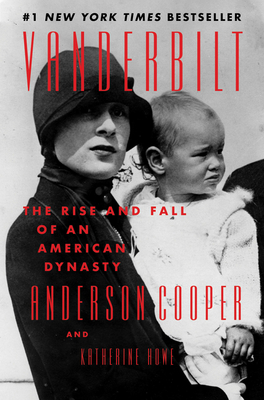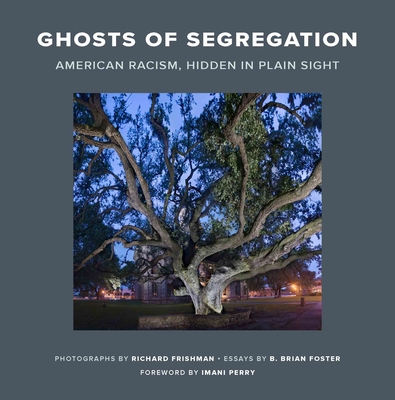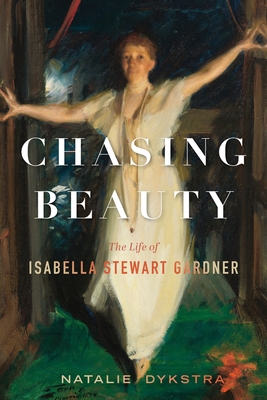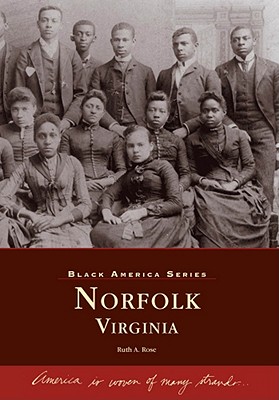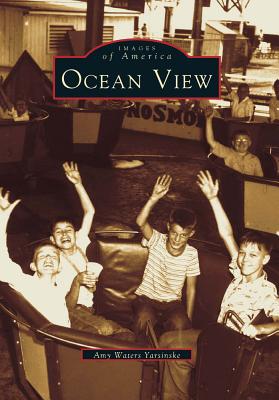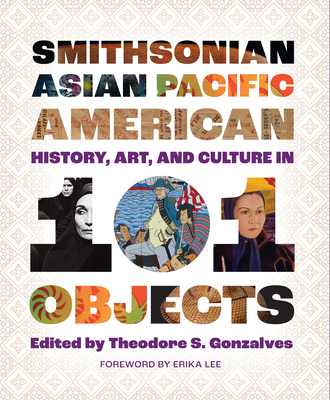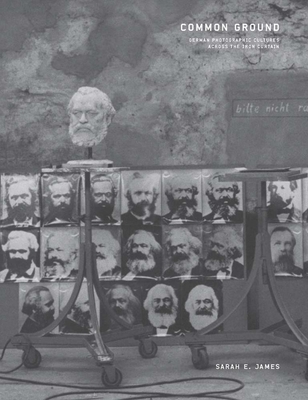
Common Ground: German Photographic Cultures across the Iron Curtain
Description
A groundbreaking examination of post-war photography in East and West Germany
This ambitious publication is the first book to thoroughly evaluate the photography that emerged during Germany’s geopolitical division from the 1950s to the 1980s. With richly illustrated and exhaustively researched analyses of photographic projects from East and West Germany, including exhibitions, photo-essays, private archives, and photo-books, Common Ground constructs a comparative perspective, examining how sequence, seriality, and repetition were mobilized to produce forms of solidarity and political agency.
Author Sarah James places German postwar photography in the context of Soviet, American, and European photographic developments; the specific cultural experiences of the Cold War; and the shifting politics of German identity. By reconsidering the relationship between divergent cultures of the pre-war Weimar period and the Cold War era, Common Ground prompts new readings of major figures such as Bernd and Hilla Becher, Karl Blossfeldt, and August Sander, as well as historically neglected figures such as Karl Pawek, Evelyn Richter, and Rudolf Schäfer. The result is a groundbreaking study of the political and pedagogical functions of documentary photography.
About the Author
Sarah E. James is lecturer, history of art, at University College London.
Praise for Common Ground: German Photographic Cultures across the Iron Curtain
'Sarah James’ excellent and panoramic evaluation of photographic departures in Germany from the end of WWII to the 1980s, is exhaustive in its meticulous research and well-argued analysis . . . [A]n outstanding and scholarly work which describes a culture where any given image is necessarily pre-loaded with meaning and pregnant with symbolism.'—F22/STATE
— F22/STATE
'[An] engaging, well-written, intelligent and necessary study of post-war German photography that will revise the way we think about East and West Germany and their relationship to the vibrant photographic culture of Weimar.'—Jonathan Long, Source Magazine
— Jonathan Long
'Perhaps the greatest strength of the book lies in this steady and careful consideration of Weimar influence in both East and West, and of the attendant overlappings that belied the solidity of the barriers between the two German societies...Though this book will be enormously useful for historians as well as art historians, the flood of well-chosen images with which James has illustrated it sets it apart from most histories.'—Sarah Goodrum, H Soz U Kult
— Sarah Goodrum

